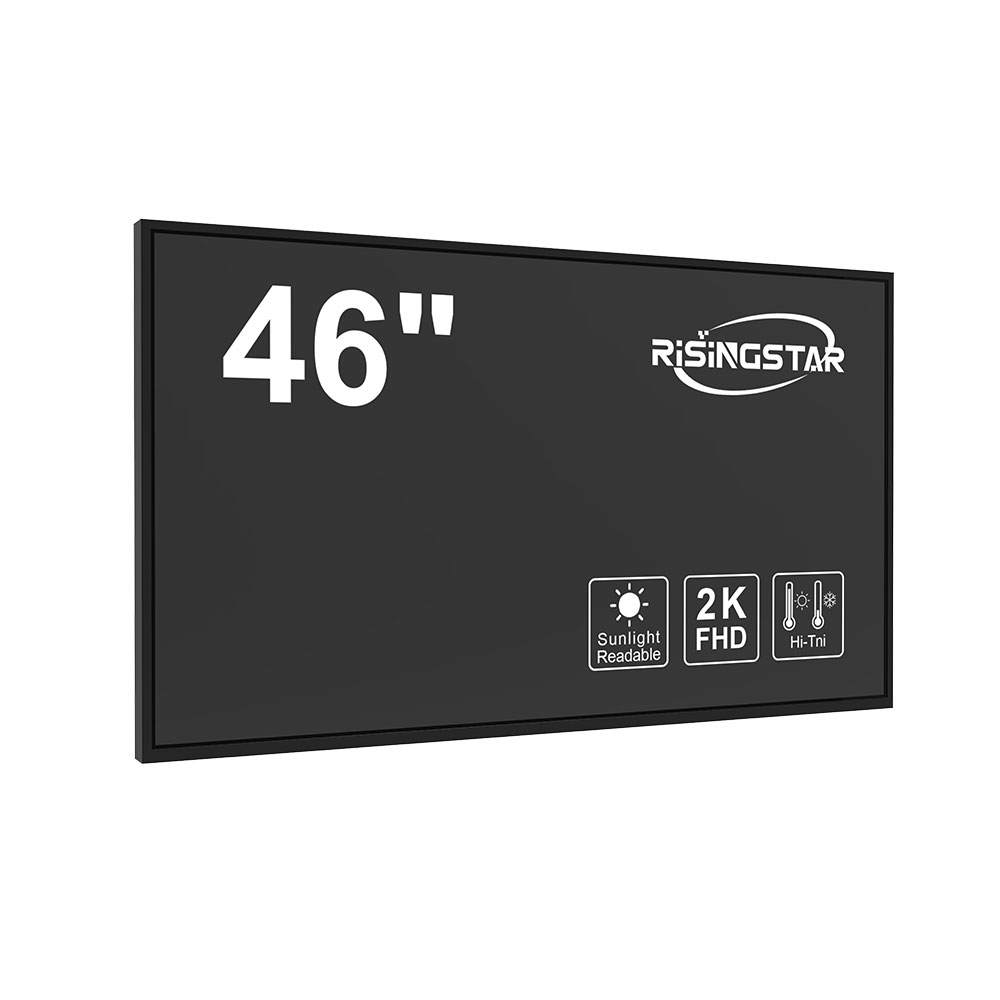- Home
- About Us
- Products
- News
- Video
- Contact
- Send Inquiry
Search
- Home
- About Us
- Products
- News
- Video
- Contact
- Send Inquiry

In today’s demanding industrial, military, and outdoor environments, visibility under direct sunlight is no longer a convenience—it's a necessity. High-brightness sunlight-readable LCD screens with display ratios of 4:3 (such as 15", 17", and 19") have become essential components in applications ranging from vehicle dashboards and field equipment to command centers and medical devices. These displays are engineered not just for clarity but for reliability under extreme conditions.
A 4:3 aspect ratio offers several advantages over widescreen formats like 16:9, particularly in legacy systems where software and interface design were optimized for this proportion. The 15-inch, 17-inch, and 19-inch variants are widely used in ruggedized tablets, control panels, and portable diagnostic tools. For example, in military vehicles, the 17" 4:3 screen ensures that critical data—such as GPS coordinates, thermal imaging overlays, or targeting information—is clearly visible even in full daylight without glare or loss of contrast.

What sets high-brightness sunlight-readable LCDs apart from standard displays is their ability to achieve brightness levels between 3,000 and 5,000 nits—up to 10 times brighter than typical indoor monitors. This performance is achieved through advanced backlighting technologies such as LED arrays with diffuser plates and reflective polarizers, coupled with anti-glare coatings and high-contrast IPS (In-Plane Switching) or TN (Twisted Nematic) panels. According to a 2023 report by Market Research Future, the global demand for high-brightness LCDs is growing at a CAGR of 6.8%, driven by defense, transportation, and healthcare sectors.

Moreover, these screens often comply with MIL-STD-810G for shock and vibration resistance, IP65 for dust and water protection, and operate across wide temperature ranges (-20°C to +70°C). In a case study conducted by Rockwell Automation, a 19" sunlight-readable display installed in a mining truck reduced operator error rates by 42% due to improved readability in bright conditions. Similarly, in emergency response units, 15" 4:3 displays allow first responders to access vital patient data quickly during daytime operations, ensuring faster decision-making.
Manufacturers like EIZO, Innolux, and LG Display have pioneered innovations in this space, including adaptive brightness control, which dynamically adjusts luminance based on ambient light sensors, conserving power while maximizing visibility. These screens are also increasingly compatible with touch interfaces, enabling use in gloves or wet conditions—a critical feature for industrial settings.
The choice of 4:3 format remains relevant because it aligns with legacy user interfaces and provides more vertical space for menus and data tables—ideal for operational dashboards. As industries continue to digitize field operations, the integration of robust, high-brightness 4:3 displays will remain a cornerstone of human-machine interaction in harsh environments.